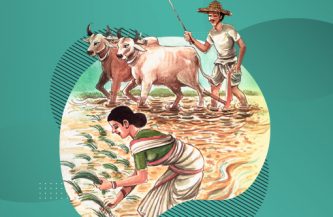Freedom Fighters Who Fought Valiantly in India’s Independence Movement
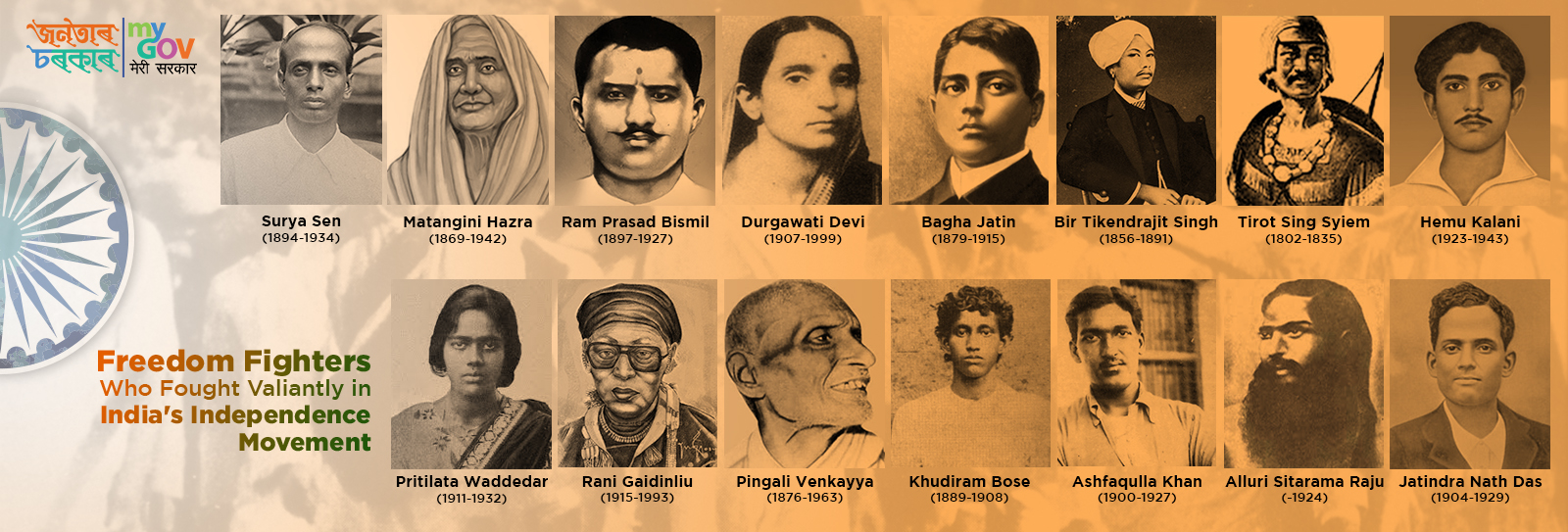
India’s freedom movement against the British was witness to an overwhelming participation of people throughout the country. From Kashmir to Kanyakumari, Assam to Gujarat, thousands of men and women fought together against atrocities of the British Raj. While many selflessly gave their lives to protect the dignity of their motherland, others got injured and embraced imprisonment. Let us know about a few brave freedom fighters from various parts of colonial India who gave their lives to achieve freedom for their beloved motherland:
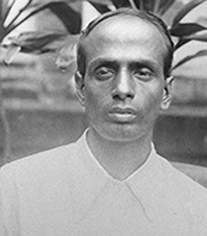
Surya Sen
(1894 -1934)
Popularly known as ‘Master da’, Surya Sen was a leading revolutionary in the Indian independence struggle against the British rule. He was actively involved in the Non-cooperation Movement. He is well-renowned for his leading role in the 1930 Chittagong armoury raid where he led a group of revolutionaries to raid the police armoury. He was hanged on January 12, 1934, for his attempts to rebel against the British.
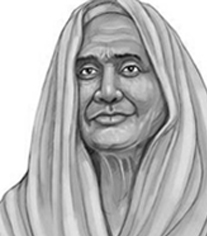
Matangini Hazra
(1869 -1942)
Matangini Hazra was a revolutionary in the Indian independence movement who fought for upholding Gandhian principles. Actively involved in the Quit India Movement, she led a procession of revolutionaries to seize Tamluk Police Station in West Bengal on September 29, 1942. The police opened fire at the crowd, causing fatal injury to the 73-year-old braveheart.
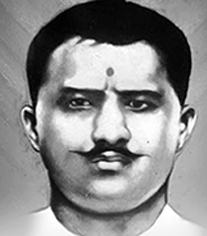
Ram Prasad Bismil
(1897-1927)
Apart from being a freedom activist, Ram Prasad Bismil was renowned as a patriotic poet who wrote poems using pen names Ram, Agyat and Bismil. He was one of the founders of the Hindustan Republican Association.
He was actively involved in the Mainpur conspiracy and the Kakori conspiracy in UP. He was hanged on December 19, 1927, for his revolutionary activities against the British.
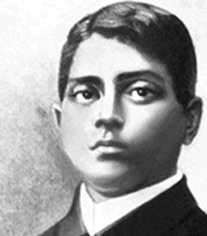
Bagha Jatin
(1879-1915)
Jatindranath Mukherjee, popularly known as Bagha Jatin, played a crucial role in India’s freedom movement. With a dream of saving his motherland from the clutches of British rule, the revolutionary led the Jugantar party in Bengal. On September 10, 1915, he died after being critically injured in a gunfight with the British police. Inspired by Swami Vivekananda’s ideals, one of the bold statements made by Bagha Jatin was: “We shall die to awaken the nation”.
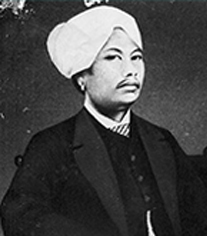
Bir Tikendrajit Singh
(1856-1891)
Bir Tikendrajit Singh was the prince of the independent kingdom of Manipur and the commander of Manipuri army. The Anglo-Manipur war took place under his leadership.
On March 31, 1891, the British government sent military force against Manipur from Kohima, Silchar and Tamu. The Manipuri army fought bravely against the British under the leadership of Bir Tikendrajit Singh but eventually lost. The British arrested him and he was finally hanged on August 13, 1891.
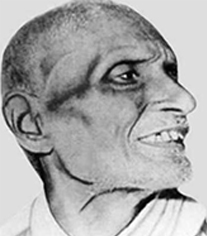
Pingali Venkayya
(1876- 1963)
Born in Andhra Pradesh, freedom fighter Pingali Venkayya was an ardent follower of Gandhiji’s ideals. Known for his knowledge in geology and agriculture, it was his design on which the Indian national flag is biase upon. In 2009, India Post released a postage stamp in his honour.
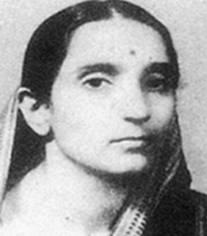
Durgawati Devi
(1907-1999)
Durgawati Devi was actively engaged in the armed revolution against the British rule in India. She was an active member of the revolutionary group “Naujawan Bharat Sabha”. After the assassination of British official JP Saunders, she assisted in the escape of Bhagat Singh and Rajguru via train. As revenge for the hanging of Bhagat Singh, Devi tried to assassinate Lord Hailey, the former Governor of Punjab. However, her attempt was not successful, ultimately leading to her imprisonment.
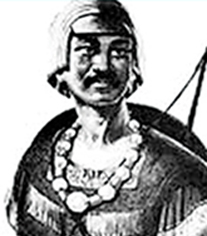
Tirot Sing Syiem
(1802-1835)
A freedom fighter and chief of Nongkhlaw kingdom in Khasi Hills, Tirot Sing Syiem bravely fought with the British forces. Even though he gave a nod to British officer David Scott for construction of a road through his kingdom to connect present Bangladesh with Assam, he later launched a war with the British after he came to know of their conspiracy. Against the mighty British armed with modern weapons, Syiem fought with traditional swords, shields, bows and arrows, etc. After engaged in the war for four years, Syiem was eventually captured by British forces. He was then deported to Dhaka where he breathed his last. In 1988, India Post released a stamp in his memory.
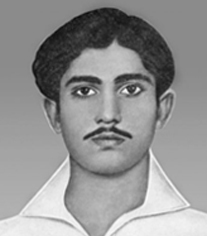
Hemu Kalani
(1923-1943)
Born in Sindh, Hemu Kalani was a freedom fighter and one of the prominent student leaders of Quit India Movement in 1942 . In order to curb the movement in Sindh, British troops were sent on train to Sindh. To stop the British forces, Kalani along with his friends made a plan to derail the train. However, before they could execute their plan, Kalani was caught by the police. Even though he was tortured in an inhumane way, he never divulged the names of other members involved in the plan. On January 21, 1943, he was hanged to death. He was 19 then.
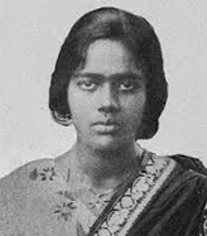
Pritilata Waddedar
(1911-1932)
Pritilata Waddedar was a school teacher and a prominent leader of the anti-British movement in Chittagong. As a member of Surya Sen’s revolutionary group, she *led the armed attack* on Pahartali European Club on September 23, 1932. One person died and several others were injured in this attack. The attackers were later caught by the British police. Pritilata was wounded in a shooting that followed and was soon surrounded by the British police. To avoid arrest, she consumed cyanide and embraced death.
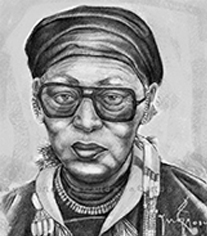
Rani Gaidinliu
(1915-1993)
Born in Manipur, Rani Gaidinliu was a prominent figure known for her armed resistance against the British Raj. In 1932, the British forces declared her as a ‘terrorist’ for her involvement in the war against them. She was arrested the same year and sentenced to life imprisonment. She was released only after India got her independence, after which she continued to work for uplift of her people. Gaidinliu breathed her last at the age of 78 in 1993.
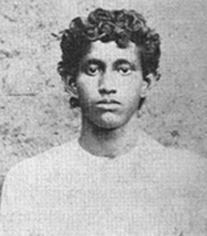
Khudiram Bose
(1889- 1908)
Born at Medinipur in West Bengal, Khudiram Bose was among the youngest martyrs of India’s freedom struggle against the British. At just 15, he had joined Anushilan Samiti and took part in several revolutionary activities against British Raj. He along with Prafulla Chaki attempted to kill British Chief Magistrate Douglas Kingsford at Muzaffarpur in 1908. However, their attempt was unsuccessful and it accidentally led to the death of two British women. This led to Khudiram’s arrest and subsequent death sentence. On August 11, 1908, at the age of 18, he was hanged to death.
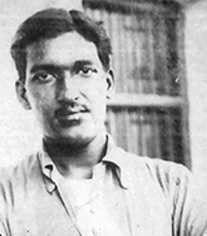
Ashfaqulla Khan
(1900-1927)
Ashfaqulla Khan was a freedom fighter who fought against the British forces. He was born in Shahjahanpur. After the Chauri Chaura incident in 1922 when Mahatma Gandhi decided to withdraw the movement, Ashfaqulla was not happy. Along with his friends, he decided to decided to form an organisation named Hindustan Republican Association. He was later arrested for his involvement in Kakori Train Robbery and sentenced to death. He was hanged on December 19, 1927.
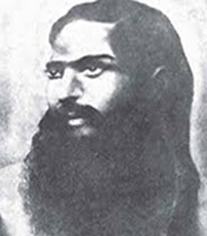
Alluri Sitarama Raju
(-1924)
Born in Andhra Pradesh, Alluri Sitarama Raju gave his life for the cause of India’s Independence movement. Through the 1882 Madras Forest Act, the British imposed its restrictions on the free movement of tribal people in the forest. As a reaction to this, Alluri led the Rampa Rebellion of 1922 against the British Raj. This rebellion which continued till 1924, only came to an end when he was shot dead by the British forces.
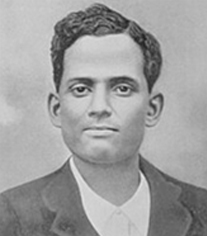
Jatindra Nath Das
(1904-1929)
Jatindra Nath Das was an Indian revolutionary who took part in Mahatma Gandhi’s Non-cooperation movement. He later joined the Anushilan Samiti. Born in Kolkata, he was known as a bright student. He was arrested for his anti-British activities and was imprisoned in Lahore jail. While he was imprisoned there, he went on a hunger strike for 63 days demanding equality for Indian political prisoners. As a result of this hunger strike, Das finally breathed his last on September 13, 1929.




